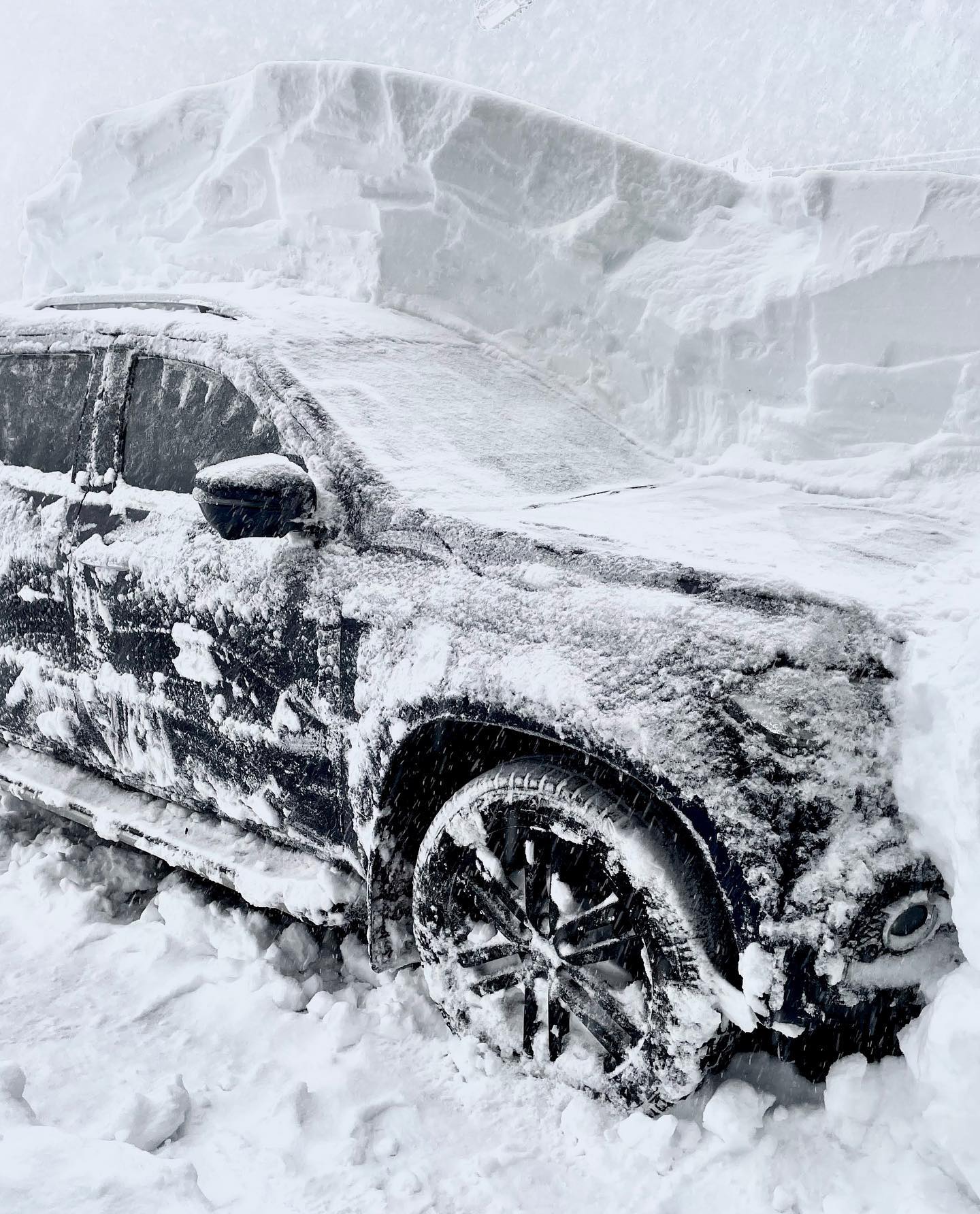Explore the History Behind Snow In Australia and Its Snowy Landscapes
Explore the History Behind Snow In Australia and Its Snowy Landscapes
Blog Article
Recognizing the Relevance of Snow in Australia for Farming and Tourist
While Australia is typically associated with sun-kissed coastlines and dry wilderness, it additionally flaunts a wealth of snowy towering regions. The snow that blankets these regions is far more than a picturesque landscape attribute. It functions as a lifeblood for the nation's farming and a driving pressure for a lucrative tourism industry. As we explore this unexpected crossway, the prospective impact of changing climate patterns on Australia's snowfall and its subsequent results come to be a compelling focus.

The Unexpected Snowfall: Australia's Alpine Regions
When wintertime cloaks the globe, Australia's Towering areas don a white mantle of snow, a phenomenon that appears practically paradoxical in this dominantly sun-baked land. Unlike the stereotyped picture of Australia as a land of deserts and coastlines, these areas offer a beautiful and surprising contrast. The Australian Alps, stretching throughout New South Wales, Victoria, and the Australian Resources Area, obtain more snowfall than Switzerland. This unanticipated winter season wonderland provides an one-of-a-kind ecological community, supplying an environment for several indigenous types and a snowy play area for winter sports lovers. The annual snowfall, although not as abundant as in some nations, is an essential facet of Australia's environment diversity and plays a substantial function in the country's farming practices and tourist sector.
Winter's Bounty: Snow's Payment to Australia's Water Resources
Despite its rarity in the more comprehensive landscape of Australia, snow in the Alpine areas plays a vital role in the country's water sources. Functioning as a natural storage tank, the snowpack shops water throughout the cool months, slowly releasing it into rivers and dams as it melts in warmer periods. This procedure guarantees a consistent supply of water, helping in the stablizing of the country's water cycle. This is especially essential for Australia, a continent regularly tormented by droughts. The snowmelt feeds right into the Murray-Darling Container, a lifeline for several neighborhoods in the southeastern components of the nation. Without the bounty of winter snow, Australia's water sources would certainly be significantly stressed, affecting both the population and the atmosphere.
White Blanket, Eco-friendly Fields: The Impact of Snow on Australian Farming
Although much less visible, the impact of snow on Australian agriculture is significant. Snowfall in the high country acts as a natural type of watering, slowly melting and providing a consistent water system to lower-lying farmland. This water-rich setting fosters the development of durable crops, contributing to the nation's farming efficiency. Additionally, snowfall enhances dirt health by presenting dampness and capturing nutrients, which are progressively released as the snow thaws. This process enriches the dirt, promoting the growth of healthier, a lot more durable plants. In addition, snow cover works as a safety blanket, protecting the ground versus extreme winter months temperatures that could otherwise harm crops. Hence, the function of snow in Australian agriculture is both multifaceted and important.
Cold Cash: Snow Tourist and Its Economic Relevance in Australia
While the worth of snow to Australian agriculture is usually ignored, its payment to the nation's tourism Find Out More industry is without a doubt considerable. The snow-laden heights of Australia's alpine areas bring in a flurry of travelers every winter season, adding millions to the nationwide economic check my site situation. These visitors take part in a variety of snow-based activities, from snowboarding and snowboarding to snowshoeing and sledging. The growing snow tourism market has actually brought about the creation of various tasks, from ski trainers to resort staff, bolstering neighborhood economies in the process. Moreover, the earnings produced from snow tourist assists fund various facilities projects and necessary services in these regions - Does It Snow In Australia. Hence, the economic importance of snow tourism in Australia prolongs far beyond the inclines.
Future Forecast: Climate Modification and Its Possible Effects on Australia's Snowfall
As the globe grapples with the truth of climate adjustment, so also needs to Australia contemplate its prospective results on the nation's snowfall. Such changes threaten the viability of Australia's ski market, which adds substantially to the neighborhood economic climate. The possible effects of these modifications underscore the urgency of environment change mitigation initiatives, both in Australia and globally.
Conclusion
In conclusion, snow is a crucial component of Australia's agricultural and tourism sectors. It not just nurtures the nation's farming landscape but also gas its wintertime tourism industry. The looming danger of environment modification raises issues about the future of Australia's snowfall patterns, potentially interfering with these substantial economic industries. Therefore, understanding and attending to these challenges is vital for the sustainability of Australia's economic climate and ecological community.

When winter months capes the globe, Australia's Towering areas wear a white mantle of snow, a spectacle that seems almost paradoxical in this dominantly sun-baked land.In spite of its rarity in the more comprehensive landscape of Australia, snow in the Alpine areas plays an essential duty in the nation's water resources. Without the bounty of winter snow, Australia's water sources would certainly be considerably strained, impacting both the setting and the populace.
Thus, the economic relevance Extra resources of snow tourist in Australia expands far beyond the inclines.
In final thought, snow is a pivotal element of Australia's agricultural and tourist industries. Does Australia Get Snow.
Report this page